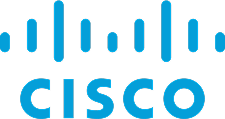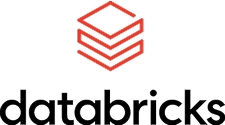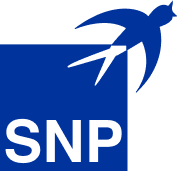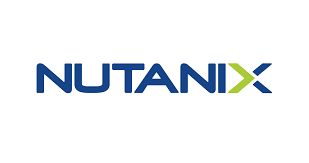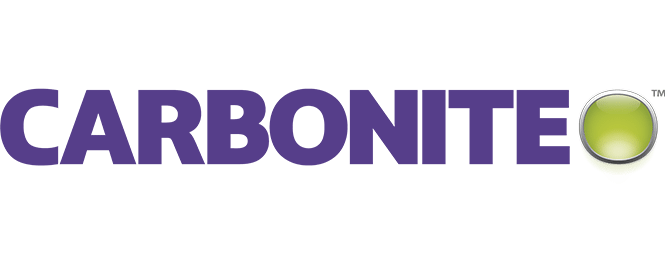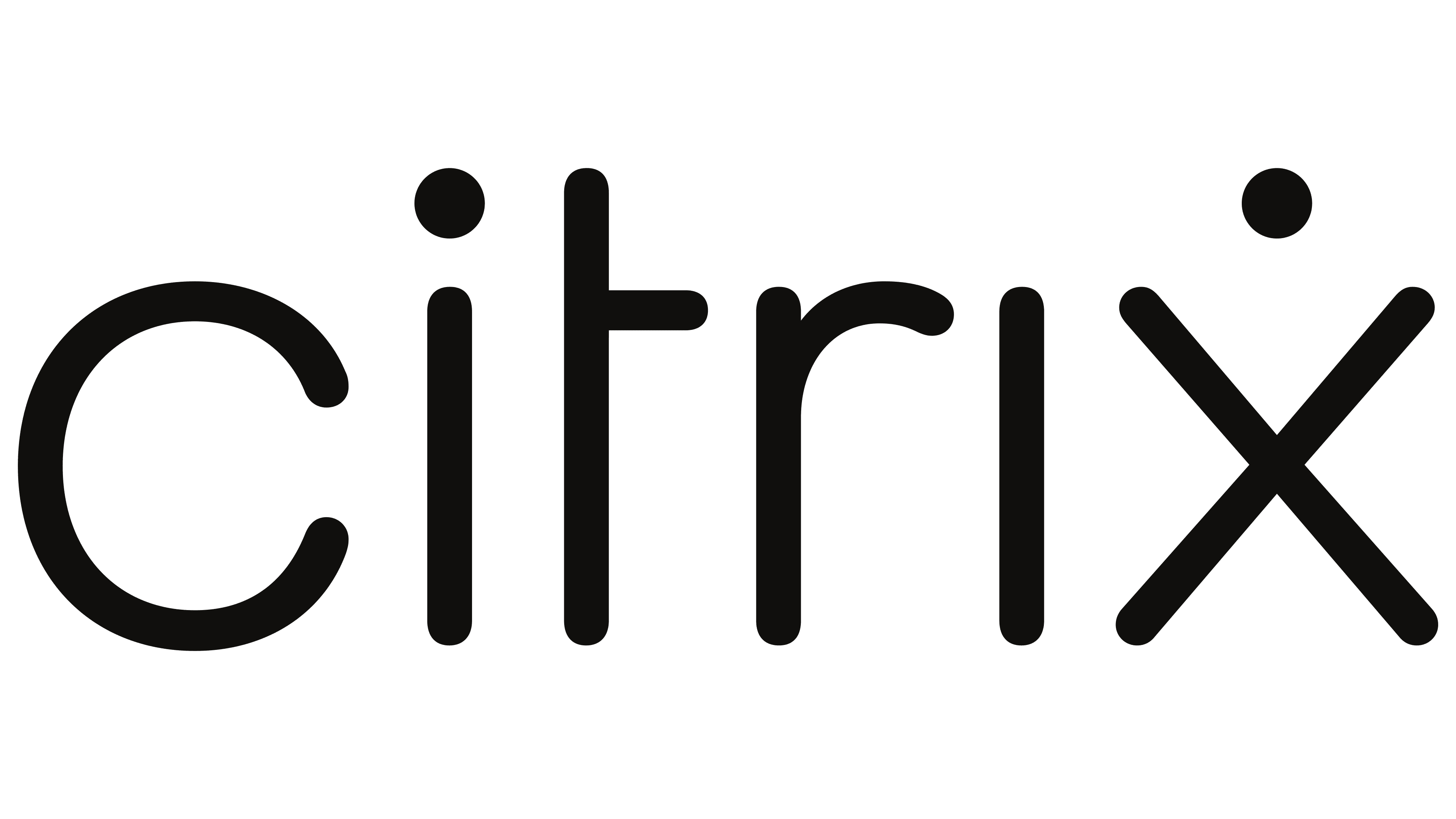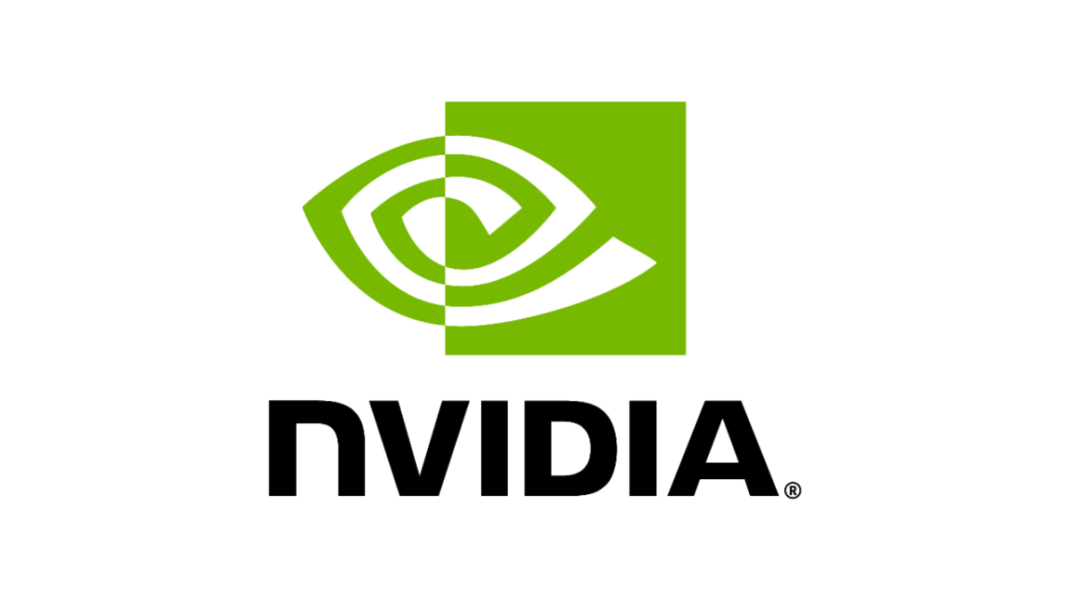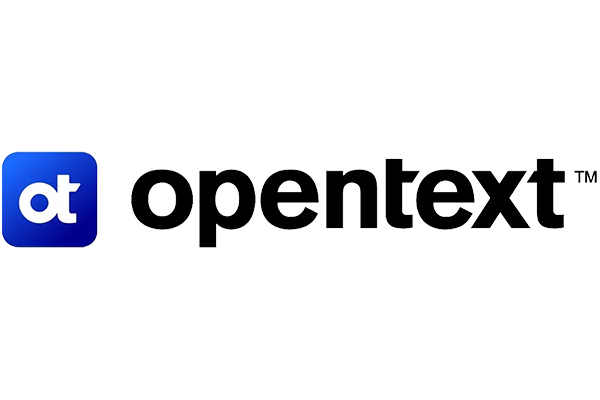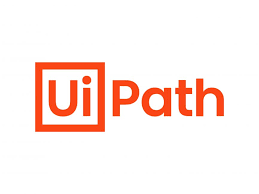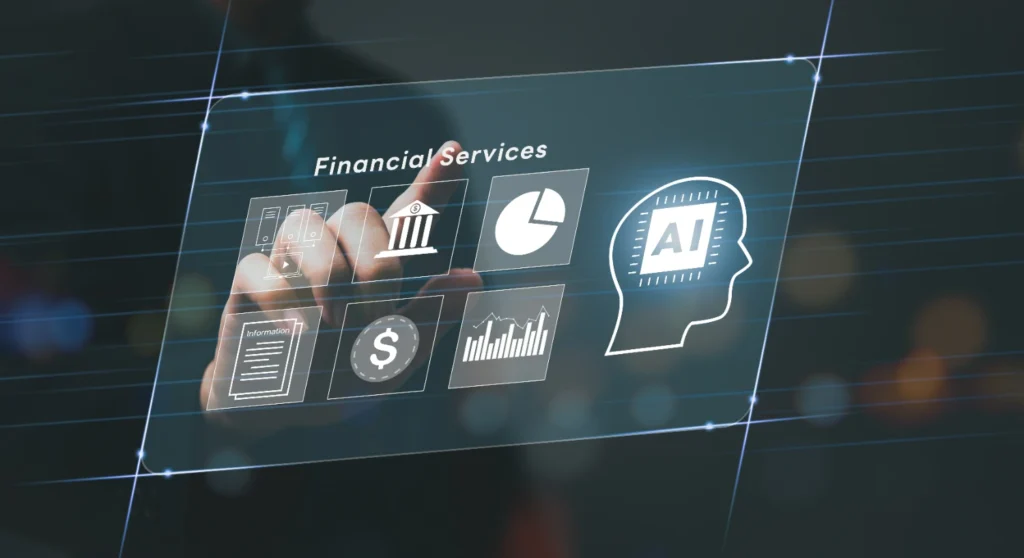
Why Real-Time Data is the Key to Transforming Bank Reconciliation with AI
Key Pointers
- AI-Driven Bank Reconciliation – Real-time data enables instant comparison and matching of bank and internal records, while AI goes further by automatically detecting and correcting discrepancies, ensuring faster, more accurate reconciliation.
- Scalability and Efficiency Gains – Using Robotic Process Automation (RPA) for data uploads and rule-based reconciliation, Digitide’s AI solution automates tasks, improving efficiency by up to 70%, reducing manual intervention, and scaling to handle growing transaction volumes.
- Proactive Financial Management – AI not only resolves current discrepancies but also predicts potential future issues by analyzing historical data, allowing businesses to stay ahead and maintain smooth, uninterrupted financial operations.
The Evolution of Bank Reconciliation
Bank reconciliation has traditionally been a slow, manual process. Organizations would painstakingly compare their internal financial records with bank data, often facing delays, errors, and inefficiencies. However, with the rapid advent of real-time data combined with artificial intelligence (AI), this once cumbersome task is now being revolutionized.
Real-time data allows businesses to instantly compare and match their internal records with live bank data, enabling discrepancies to be flagged and resolved immediately. With this transformation, the bank reconciliation process is not only more accurate but also faster, more scalable, and significantly less prone to errors.
From Manual to Automated Bank Reconciliation
Reconciling bank records traditionally involved finance teams reviewing each transaction, identifying discrepancies, and making corrections—often a process that took days or weeks. This lag between transaction activity and financial updates created opportunities for errors and inefficiencies, disrupting the entire financial reporting process.
Now, with real-time data and AI, businesses can instantly access and reconcile bank data, automating the entire process. Discrepancies are flagged and resolved in real time, maintaining accurate financial records and streamlining bank reconciliation.
AI: The Promoter for Instantaneous Discrepancy Resolution
While real-time data offers immediate access to financial information, it’s the integration of AI in banking and finance that enables true transformation. AI-powered systems go beyond just flagging discrepancies—they can instantly identify and correct them without human intervention. Unlike traditional methods, where discrepancies were manually detected and addressed after delays, AI systems automatically detect inconsistencies as they occur, resolving them in real time.
At Digitide, our AI-driven reconciliation solutions ensure seamless integration between transaction data and bank records. The system uses advanced matching algorithms to compare every transaction in real time, identifying even the smallest discrepancies such as format differences or minor description variations. Once identified, the AI immediately triggers corrective actions, eliminating errors and accelerating the reconciliation process.
Beyond correcting existing discrepancies, AI’s predictive capabilities provide a proactive approach. By analyzing historical transaction patterns, our platform can anticipate future discrepancies and flag transactions likely to cause issues. This forward-looking approach minimizes disruptions, ensuring smoother operations and maintaining financial stability.
AI and Real-Time Data at Work for Bank Reconciliation Automation
Digitide stands at the forefront of this transformation with its advanced AI and automation solutions. Our bank reconciliation automation platform utilizes Robotic Process Automation (RPA) to automate the upload of bank statements directly into internal systems. This automation eliminates manual data entry, reducing human error and accelerating the reconciliation process.
With intelligent, rule-based transaction reconciliation, businesses can set custom rules for how their financial records should match with the bank data. For example, businesses can define rules for identifying discrepancies in recurring debits, negative balance entries, or loan tracker summaries. This level of customization ensures that reconciliation aligns with the unique needs of each organization.
Beyond basic reconciliation, we help businesses track key metrics such as total interest charged, bounce rates, EMI obligations, and loan disbursal summaries. These insights are automatically generated using financial analytics, providing businesses with real-time visibility into their financial health without the need for manual oversight.
Efficiency Gains through AI in Banking and Finance
The combination of AI and real-time data isn’t just a game-changer for bank reconciliation; it’s a strategic advantage. By automating critical tasks, businesses can process high volumes of transactions more efficiently. Our AI-enabled solution increases reconciliation efficiency by up to 70%, allowing businesses to manage complex financial records without compromising on accuracy.
For example, RPA bots automatically identify probable match entries and update systems in real time. This eliminates the need for manual oversight and helps streamline the reconciliation process. With automated triggers for open entries, reconciliation flows smoothly, while automated reporting and Management Information Systems (MIS) provide real-time updates for key stakeholders.
The significant reduction in manual intervention enables businesses to focus their resources on high-value tasks. This has led to a 60% reduction in headcount for reconciliation teams, freeing up valuable human resources for more strategic initiatives. Not only does this improve productivity, but it also provides a scalable solution that adapts to growing transaction volumes.
Scalability for High-Volume Transactions
As businesses grow, the volume of transactions often increases, making manual reconciliation increasingly impractical. Our reconciliation solution is designed to scale seamlessly with growing business needs.
With an ability to process over 2 crore reconciliation transactions annually, we ensure that businesses can keep pace with increasing transaction volumes without sacrificing accuracy or efficiency. This scalability ensures that no matter how large a business’s financial operations become, they can still maintain real-time, accurate reconciliation without delay. Businesses are able to reconcile financial data faster and more accurately than ever before. Real-time updates allow businesses to respond immediately, reflecting the true state of their operations.
This real-time reconciliation process also enables businesses to gain deeper insights into their financial performance. By automating the process of tracking metrics such as bounce rates, EMI obligations, and loan summaries, our platform gives businesses a comprehensive view of their financial health without the need for manual intervention.
The Future of Bank Reconciliation is Real and Powerful
The integration of real-time data and AI has fundamentally changed the landscape of bank reconciliation. Businesses that embrace these technologies will gain a strategic edge by reducing errors, improving operational efficiency, and ensuring that their financial records are always up-to-date.
Leading the charge in this transformation, we offer businesses cutting-edge AI-driven solutions that automate and streamline the bank reconciliation process. By leveraging our platform, businesses can save time, reduce costs, and gain valuable insights into their financial health, ultimately positioning themselves for long-term success.
To conclude, the integration of AI in banking and real-time data is revolutionizing bank reconciliation, offering businesses unmatched efficiency, accuracy, and scalability. Digitide is leading this transformation, ensuring that companies stay ahead in the fast-evolving financial landscape.
Digitide with us to harness the power of AI-driven financial processes and optimize your bank reconciliation for the future.











